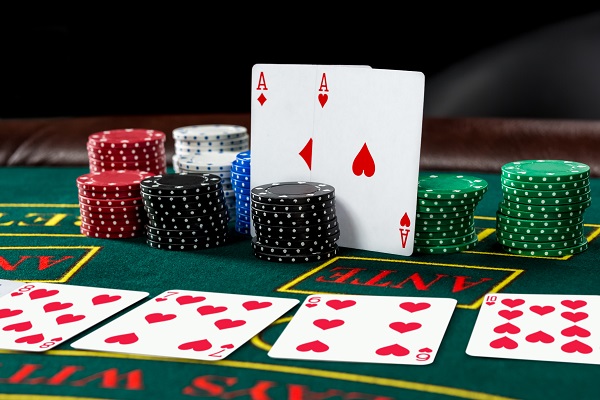
Understanding the fundamental rules of Blackjack is essential for navigating the game effectively. Knowing the values of each card and making strategic decisions based on your hand can greatly influence the outcome of each round. By familiarizing yourself with these basic rules, you can establish a solid foundation for your Blackjack journey and explore the intricacies of this traditional card game with confidence.Understanding the fundamental rules of Blackjack is essential for navigating the game RA88 effectively. Knowing the values of each card and making strategic decisions based on your hand can greatly influence the outcome of each round. By familiarizing yourself with these basic rules, you can establish a solid foundation for your Blackjack journey and explore the intricacies of this traditional card game with confidence.
Card Values
Understanding card values is essential in Blackjack. Numbered cards 2 to 10 hold their face value, while Kings, Queens, and Jacks are all valued at 10 points each. The Ace is a versatile card, worth either 1 point or 11 points based on the player’s hand. This adaptability makes the Ace a strategic asset in Blackjack.
The objective is to reach as close to 21 as possible without surpassing it. Familiarity with card values is crucial for making informed decisions during gameplay and devising effective strategies to outplay the dealer.
Objective of the Game
In Blackjack, the main objective is to outscore the dealer without exceeding a total of 21. The goal is to have a hand value that’s higher than the dealer’s hand without going over the limit. Going over 21 results in a bust, leading to an automatic loss for the player.
It’s crucial to make informed decisions on whether to request another card (hit) or to retain the current hand (stand). Strategic thinking is key, especially when considering the dealer’s visible card. Employing basic Blackjack strategies can aid in making optimal decisions during gameplay.
Understanding the rules that govern the dealer’s actions can be advantageous for players. By focusing on beating the dealer’s hand without surpassing 21, players can enhance their chances of winning in this strategic card game.
Dealing the Cards
In a game of Blackjack, each player, including the dealer, is initially dealt two cards. Players typically receive their cards face-up, while the dealer has one face-up card and one face-down card known as the “hole card.” The goal is to achieve a hand value closer to 21 than the dealer without going over.
In terms of card values, numbered cards hold their face value, face cards are valued at 10 points each, and aces can be worth either 1 or 11 points. Following the initial deal, players have the option to “hit” for an additional card or “stand” to maintain their current hand.
It’s essential to note that the dealer must adhere to predetermined rules regarding their hand in Blackjack.
Player’s Turn
During the Player’s Turn in a game of Blackjack, your decisions play a significant role in the outcome. After the dealer deals the cards, you have various options to consider to achieve a hand total close to 21 without exceeding it.
You can opt to “hit” for an additional card, “stand” to keep your current hand, “double down” to double your bet and receive one more card, or “split” if you have a pair to play each card separately.
It’s essential to evaluate your hand value and the dealer’s upcard to make informed decisions during this phase. Your strategic choices during the Player’s Turn can greatly influence the game’s result.
Dealer’s Turn
After the players have completed their turns in Blackjack, the attention turns to the Dealer’s Turn. During this phase, the dealer reveals their facedown card, referred to as the “hole card,” and follows specific rules for drawing additional cards.
The dealer is bound by casino regulations that typically require them to hit until they reach a total of 17 or higher. If the dealer exceeds 21, all remaining players automatically win. However, if the dealer stays below 21, their hand is compared to each player’s hand to determine the outcome.
Understanding the dealer’s rules is crucial as it influences strategic decisions players make during the game.
Conclusion
Now that you know the basic rules of Blackjack, you’re ready to hit the tables with confidence. Remember, the goal is to beat the dealer without going over 21. Keep track of your card values, make strategic decisions, and enjoy the thrill of the game. Good luck and have fun playing Blackjack!